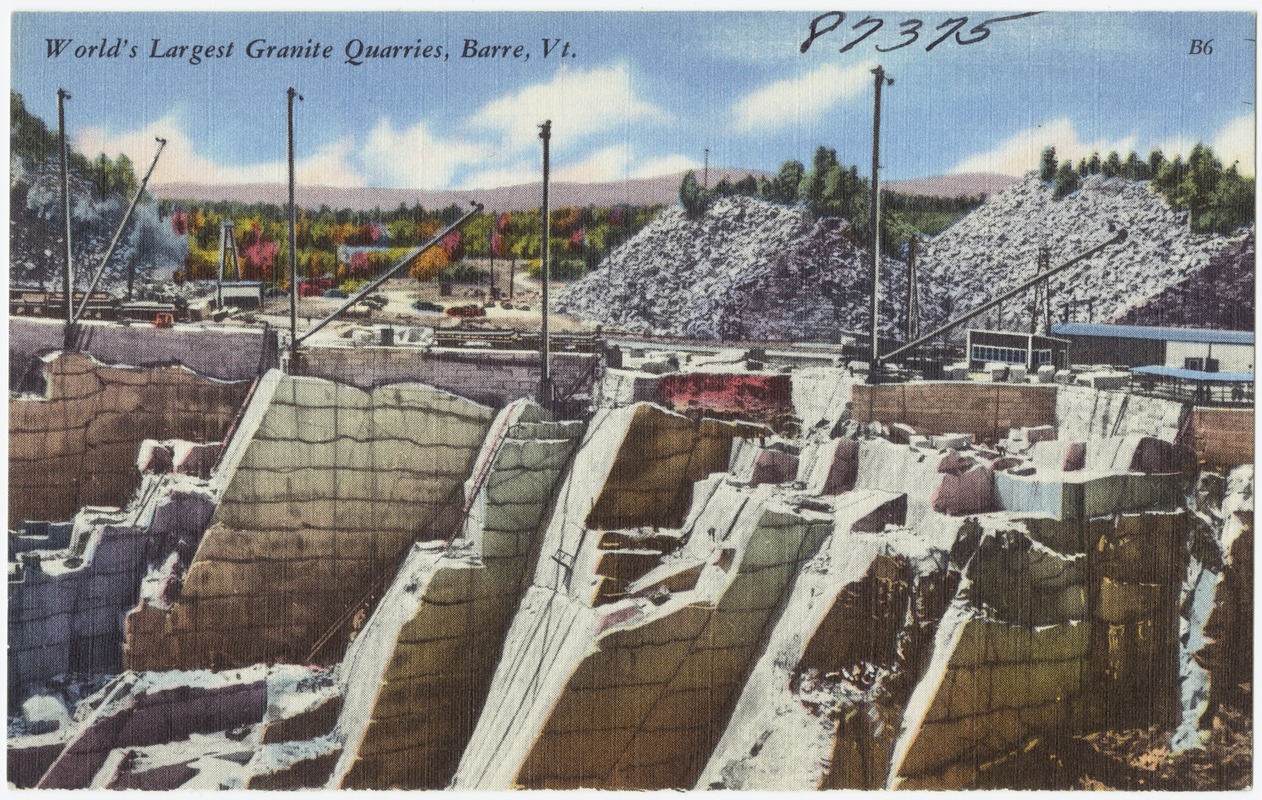Uncovering the Rich History and Lasting Practices of Granite Quarrying
As we stand on the precipice of discovering the complex tapestry of granite quarrying, a journey through time exposes not just the physical act of removing rock yet also the social and historic relevance woven right into the really material of this practice. From the old beginnings that laid the structure for modern quarrying methods to the sustainable practices that are shaping the future of this sector, each carve mark on granite surface areas informs a story waiting to be uncovered (granite quarries in south africa). The legacy of granite quarrying stretches far past simple extraction; it is a testament to human resourcefulness, strength, and the enduring appeal of this impressive stone
Ancient Origins of Granite Quarrying
Going back to old civilizations, the technique of quarrying granite has actually been an essential component of human history and architectural advancement. The earliest proof of granite quarrying days back to old Egypt, where massive pyramids and detailed sculptures were crafted from this long lasting stone. The Egyptians made use of primitive tools to draw out granite blocks from quarries, showcasing the relevance of this material in their huge buildings.
Moving on in background, the Greeks also made considerable payments to the quarrying of granite. The Greeks used granite in different architectural wonders, such as holy places and statuaries, showing their ability in shaping and sculpting this sturdy rock. The Romans better improved the methods of quarrying granite, employing innovative tools like blades and hammers to extract and shape granite for their legendary structures.
With the centuries, the technique of quarrying granite has actually developed, with contemporary innovations enhancing efficiency while maintaining the timeless allure of this natural rock - granite quarries in south africa. From old people to modern builders, the legacy of granite quarrying continues to form our globe
Evolution of Quarrying Techniques
The development of quarrying strategies has actually been noted by a constant development in the direction of greater effectiveness and accuracy in drawing out granite. Early quarrying strategies involved hand-operated labor with standard tools such as blades, hammers, and wedges to draw out granite blocks from the planet.
In more current times, the development of machinery transformed the quarrying sector, making it possible for faster extraction prices and raised performance. Technologies such as diamond wire saws, high-pressure water jets, and pneumatic drills have actually come to be basic in modern quarries, allowing for specific cutting and decreased waste. Furthermore, advancements in computer-controlled equipment and 3D modeling have optimized quarrying procedures, resulting in minimal environmental effect and enhanced sustainability methods. As the need for granite continues to increase, the development of quarrying strategies stays important to conference industry requires efficiently and sustainably.
Social Significance of Granite
Granite holds an extensive social relevance across different civilizations because of its enduring existence in building work of arts and prized monuments. From the stunning pyramids of Egypt to the elaborate carvings of the Angkor Wat holy place in Cambodia, granite has actually been a product of option for revealing splendour and long life in social heritage. In ancient Rome, granite columns decorated holy places and public buildings, signifying stamina and permanence. The social significance of granite prolongs beyond its physical qualities; it symbolizes strength, stability, and eternity, making it a symbol of enduring traditions and traditions.

Lasting Practices in Quarrying
Among the rich history visit homepage of granite quarrying and its cultural importance lies an expanding focus on sustainable techniques within the industry. As ecological awareness and problems concerning source exhaustion have increased worldwide, the quarrying market has increasingly welcomed sustainable techniques to lessen its influence on the setting and surrounding communities.

In addition, reclamation and recovery of quarry websites post-extraction are integral to sustainable methods. By restoring quarried areas to an all-natural or beneficial state, such as creating wild animals environments or entertainment areas, quarriers can balance out the environmental impact of their operations and add favorably to the regional ecosystem.
Legacy of Granite Quarrying
With a historical backdrop soaked in workmanship and industrial progress, what sustaining impact has granite quarrying left on the landscape of modern culture? The heritage of granite quarrying transcends simple removal techniques; it has shaped architectural marvels, metropolitan landscapes, and cultural heritage worldwide. The sturdy nature of granite has actually made it a recommended choice for monuments, buildings, and facilities, standing as a testimony to the ability and creativity of quarry workers across generations.
In addition, the economic footprint of granite quarrying can not be neglected. The industry remains to give job opportunity and drive neighborhood economic situations in areas where granite extraction is prevalent. It has actually additionally stimulated technological improvements in quarrying strategies and tools, resulting in a lot more effective and lasting techniques.
In regards to sustainability, the heritage of granite quarrying includes initiatives to alleviate environmental impacts via recovery jobs and accountable resource management. By stabilizing financial interests with ecological stewardship, the market aims to guarantee that future generations can remain to profit from this long-lasting all-natural resource.
Final Thought

Comments on “Granite Quarries in South Africa Wonders: Checking Out the Quarry Landscape”